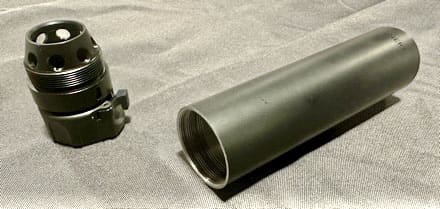Wideband Selective Propagation Radar System (WiSPR)- Valuable Technology for Warfighters
On 10 July 2024, the Rapid Capabilities and Critical Technologies Office (RCCTO) and the Army Test and Evaluation Command (ATEC) demonstrated the project Wideband Selective Propagation RADAR (WiSPR) at Aberdeen Proving Ground, Maryland. Developed in collaboration with MIT Lincoln Laboratory since the fall of 2021, WiSPR is an advanced, low-observable, multi-function Active Electronically Scanned Array (AESA) radar and communications system that operates at novel frequencies and modulations.
A significant advantage of WiSPR is its capability to counter adversary Signal Intelligence (SIGINT) by detecting and locating armored vehicles with Active Protection Radar Systems (APS). The adoption of WiSPR mitigates this threat due to its inherent low probability of detection.
An innovative feature of WiSPR is its specialized cooling system, which efficiently removes the large amounts of heat produced by the 1,000 WiSPR transmit elements. This effective cooling system expels heat generated by the array’s components via specially designed thermal radiators.
After five years of development, WiSPR’s unique Low Probability of Detection/ Low Probability of Intercept (LPD/LPI) APS capabilities and inter-vehicle communications will transition to the production cycle in the coming months. Lt. Gen. Robert A. Rasch, Jr., Director of RCCTO, stated, “WiSPR is a classic example of how RCCTO does business, a testament to our success, and why we as an Army can adapt to future threats.”
By Venetia Gonzales
You can skip to the end and leave a response. Pinging is currently not allowed.
Read the full article here








Leave a Reply